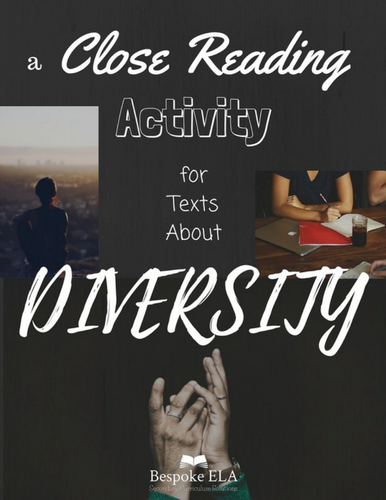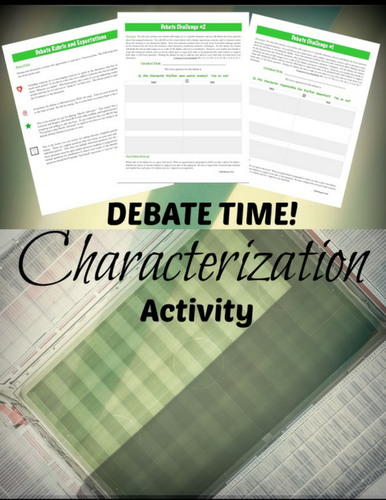Bespoke ELA
The Bespoke ELA Classroom is an online resource center for secondary curriculum solutions. I've always had a connection to the written word through songwriting, screenwriting, and teaching English. I started Bespoke ELA after teaching high school for 10+ years in Dallas, Chicago, and New York City because I wanted to share skills-driven resources with other teachers to meet the needs of students from all walks of life. In my spare time, a little girl and two pups like to call me "mom."





















